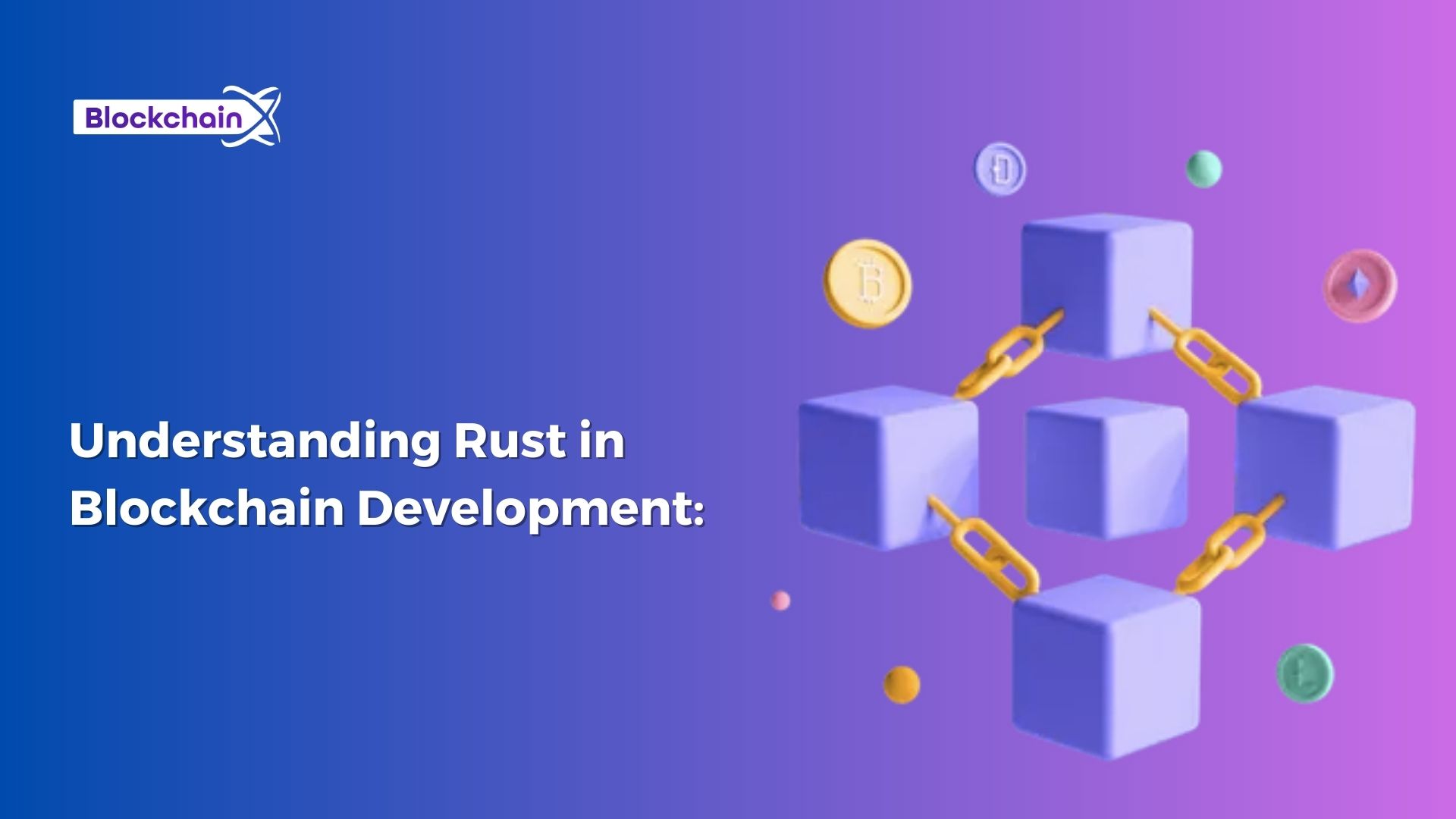Introduction:
In the world of blockchain development, Rust has emerged as a powerful programming language, gaining traction and popularity among developers. Known for its performance, safety, and concurrency features, Rust offers unique advantages for building robust and secure blockchain applications. In this article, we will explore the essence of Rust in blockchain development and delve into its key characteristics and benefits.
- The Rise of Rust:
Rust of blockchain, introduced by Mozilla in 2010, was designed to address the shortcomings of existing programming languages such as C and C++. Its primary goal was to provide a safer and more efficient alternative, allowing developers to write high-performance code without sacrificing security. Rust achieved this by leveraging its key features, including strict compile-time checks, memory safety, and fearless concurrency.
- The Advantages of Rust in Blockchain Development:
Performance:
Rust is known for its performance optimizations, making it an ideal choice for building high-throughput blockchain applications. Its zero-cost abstractions and low-level control over system resources enable developers to write efficient code that maximizes computational resources and minimizes overhead. This performance advantage is crucial in blockchain systems, where speed and scalability are paramount.
Memory Safety:
Memory safety is a critical concern in blockchain development, as vulnerabilities can lead to security breaches and malicious attacks. Rust's ownership model and strict borrowing rules eliminate common issues such as null pointers, buffer overflows, and data races, providing a higher level of security. The absence of memory bugs reduces the attack surface and enhances the overall reliability of blockchain applications.
Concurrency and Parallelism:
Blockchain networks often require concurrent processing and parallel execution to handle a large number of transactions simultaneously. Rust's ownership and borrowing system, coupled with its lightweight and efficient threading model, enable developers to build concurrent and parallel blockchain systems without sacrificing safety. This characteristic is particularly beneficial in achieving scalability and responsiveness in decentralized networks.
Community and Ecosystem:
Rust boasts a vibrant and active community of developers who contribute to its growth and ecosystem. The availability of numerous libraries and frameworks specific to blockchain development simplifies the creation of blockchain applications. Additionally, the Rust community's emphasis on security and code correctness aligns well with the principles of blockchain, making it a natural fit for decentralized systems.
III. Real-World Use Cases:
Cryptocurrencies and Smart Contracts:
Rust finds extensive application in the development of cryptocurrencies and smart contracts. Its performance and security benefits make it an excellent choice for implementing the core logic of blockchain platforms like Bitcoin and Ethereum. Rust-based smart contract platforms, such as Ink! and Parity Substrate, provide a secure and efficient environment for deploying decentralized applications (dApps).
Blockchain Infrastructure:
Rust is also used in building blockchain infrastructure components, including node implementations, consensus algorithms, and networking protocols. Rust's combination of performance and safety makes it suitable for constructing critical components of blockchain networks, ensuring efficient and secure data transmission, validation, and consensus.
- Challenges and Future Outlook:
While Rust offers significant advantages in blockchain development, it is not without its challenges. Rust's strict compile-time checks and complex ownership model require a learning curve for developers new to the language. However, the growing popularity of Rust and the availability of learning resources mitigate these challenges.
Looking ahead, Rust is poised to play a more significant role in the blockchain ecosystem. As blockchain technology continues to evolve and mature, the demand for high-performance, secure, and scalable applications will increase. Rust's unique combination of features positions it as a valuable tool for building the next generation of blockchain solutions.
Conclusion:
Rust has emerged as a powerful programming language in the realm of blockchain development, offering a unique combination of performance, safety, and concurrency. Its ability to deliver high-performance code while maintaining memory safety makes it an excellent choice for blockchain applications. As the blockchain ecosystem expands and evolves, Rust is likely to remain at the forefront, empowering developers to build robust and secure decentralized solutions that shape the future of the digital landscape.






